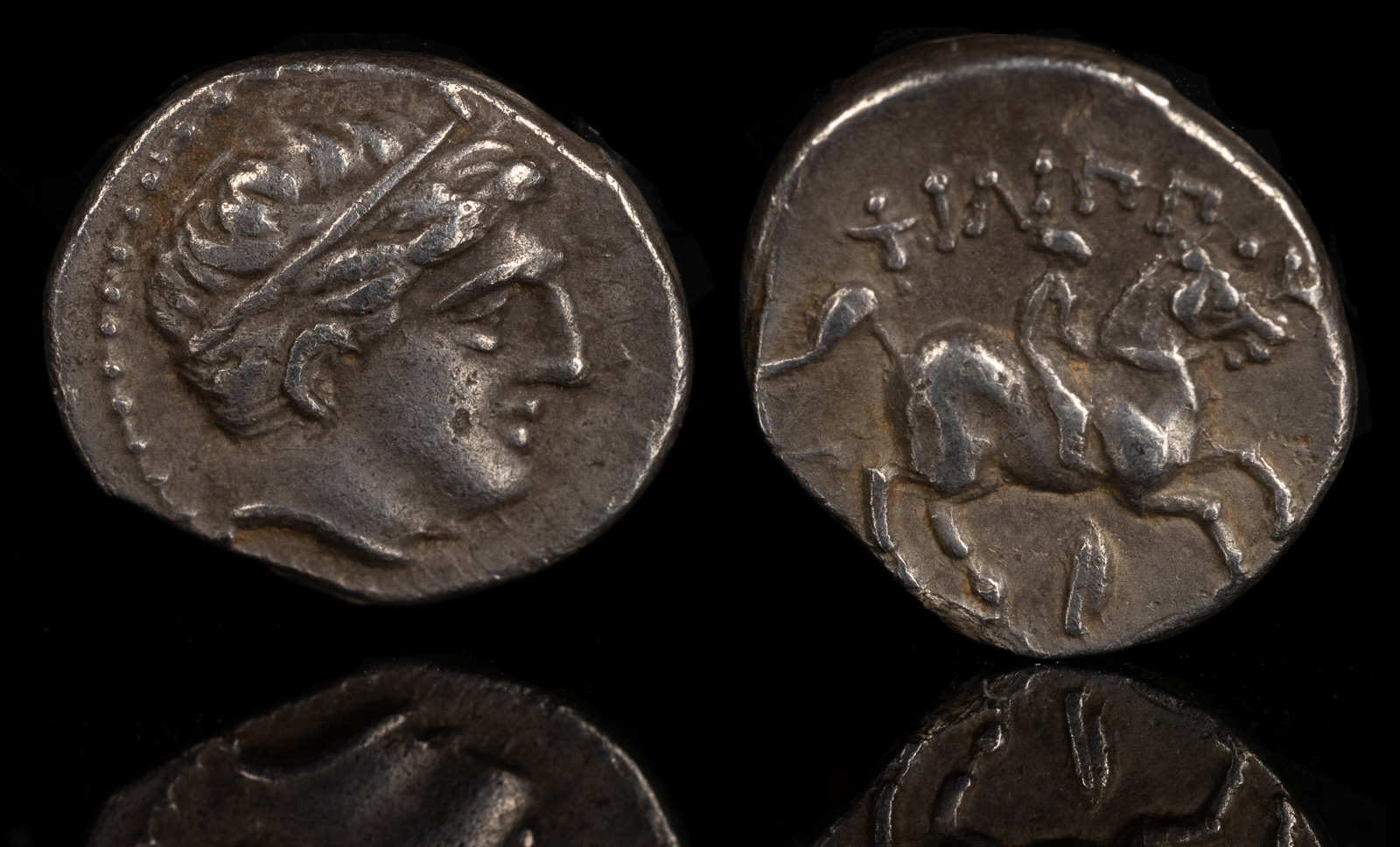Rider
View All Tags
In warfare, the Greeks relied on horses in a more limited capacity compared to other cultures, such as the cavalry of the Persians. However, the cavalry did play a critical role in certain battles, particularly in skirmishes or in supporting infantry units. Greek cavalrymen were typically mounted on horses, often armed with javelins or spears, and were used for scouting, flanking, and harassing enemy lines. Notably, the Greek city-state of Thessaly became renowned for its skilled cavalry, and horse riding in the region became emblematic of prestige and military prowess.
Horse riding also had a significant place in Greek athletics and religious practices. The most famous examples of equestrian events were the horse races held at the Olympic Games and other Panhellenic festivals. These races, known as the tethrippon, featured four-horse chariots, and they were a major event in the Greek sporting calendar. In addition to chariot racing, there were also horseback riding competitions, particularly in the later stages of Greek athletic festivals. These events required skill, agility, and control of the horses, and the victors were celebrated with honors and prizes.
For the Greek elite, owning and riding horses was a sign of status and wealth. Horses were expensive to acquire and maintain, so only the aristocracy could afford to keep them. This made horse riding not only a functional skill but also an important part of a nobleman’s identity. The relationship between riders and horses was also depicted in Greek art, where scenes of horsemanship and equestrian statues were common, symbolizing both human achievement and the beauty of the animals.
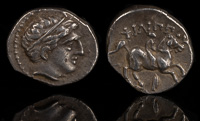
Adea Eurydike 318-317 BCE
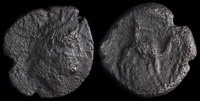
Adiabene, Mesopotamia 125-75 BCE

Alexander riding Bukephalos 238-244 CE

Ariaramnes 280-230 BE
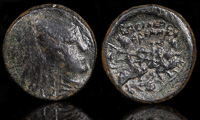
Arsames I 240 BCE

Bageis, Lydia 117-138 CE

Choma, Lykia ca 1st century BCE
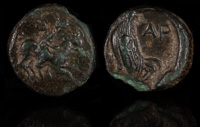
Dardanos, Troas 300-200 BCE
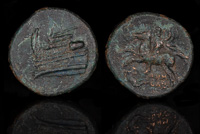
Demetrios Poliorketes 300 BCE
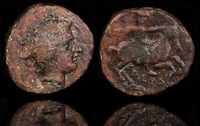
Derdas II ca 380 BCE
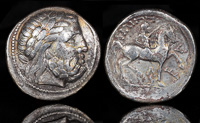
Gauls 315-275 BCE
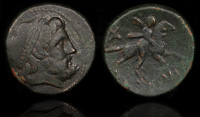
Halos, Thessaly 3rd century BCE
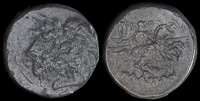
Ionia, Kolophon ca 330-285 BCE
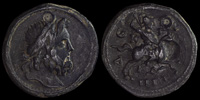
Isinda, Pisidia 100-0 BCE
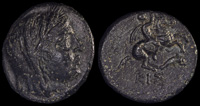
Kisthene, Mysia 4th century BCE
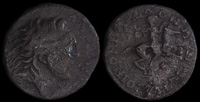
Koinon of Macedon 220-244 CE
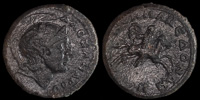
Koinon of Macedon 222-235 CE

Koinon of Macedon 222-235 CE
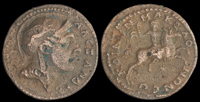
Koinon of Macedon 222-235 CE
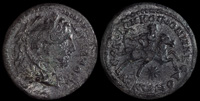
Koinon of Macedon 239-244 CE

Koinon of Macedon 239-244 CE
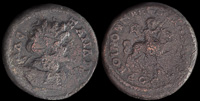
Koinon of Macedon 244-249 CE
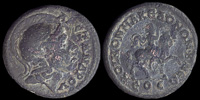
Koinon of Macedon 244-249 CE
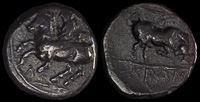
Krannon, Thessaly 300 BCE
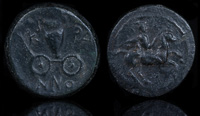
Krannon, Thessaly 350-300 BCE
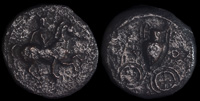
Krannon, Thessaly 350-300 BCE
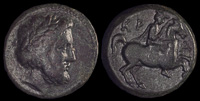
Krannon, Thessaly 4th century BCE
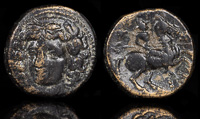
Larissa, Thessaly 4th century BCE
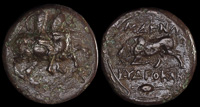
Magnesia ad Maeander 350-200 BCE
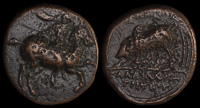
Magnesia ad Maeander 350-200 BCE

Magnesia ad Maeander 350-200 BCE
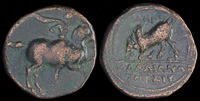
Magnesia ad Maeander ca 350-200 BCE
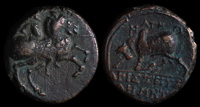
Magnesia ad Maeander, Ionia 350-200 BCE

Magnesia ad Maeandrum 350-200 BCE

Magnesia ad Maeandrum 350-200 BCE

Magnesia ad Meander, Ionia 350-200
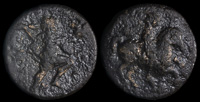
Olosson, Thessaly 400-350 BCE
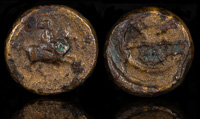
Ophellas 322-313 BCE
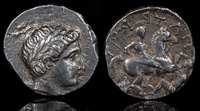
Patraos 335-315 BCE

Peirasia, Thessaly 4th century BCE
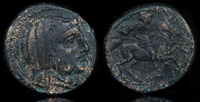
Pelinna 4th-early 3rd centuries BCE
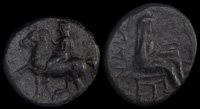
Pelinna, Thessaly 350 BCE
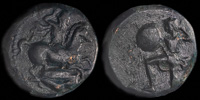
Pelinna, Thessaly 425-350 BCE
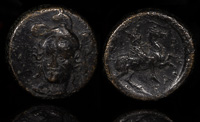
Pharsalos, Thessaly 4th-3rd cent BCE
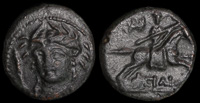
Pherai, Thessaly 300 BCE
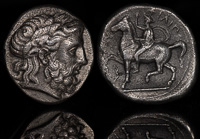
Philip II 354-349 BCE
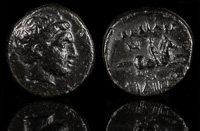
Philip IV 4th – early 3rd BCE
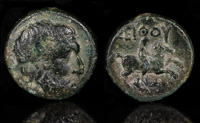
Seuthes III, Thrace 324-312 BCE
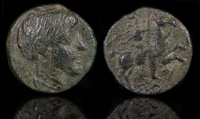
Skostokos, Thrace 277-260 BCE
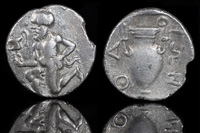
Thasos, Thrace 404-340 BCE
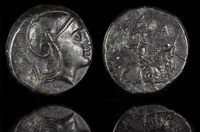
Tissaphernes 400-395 BCE
